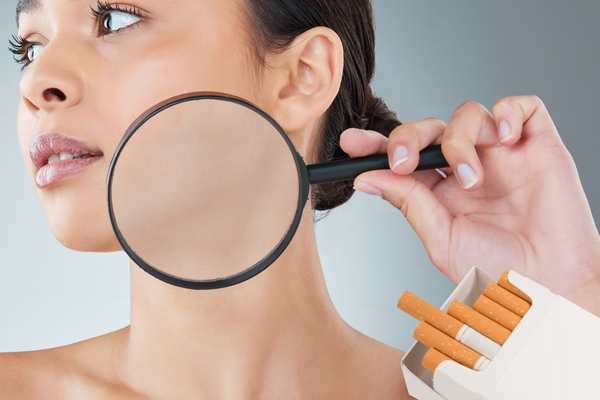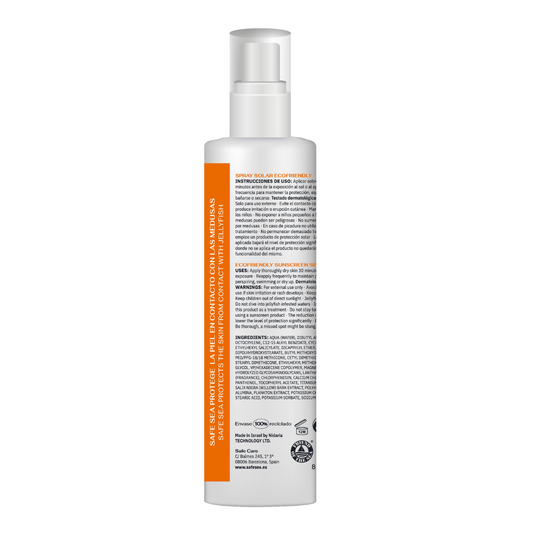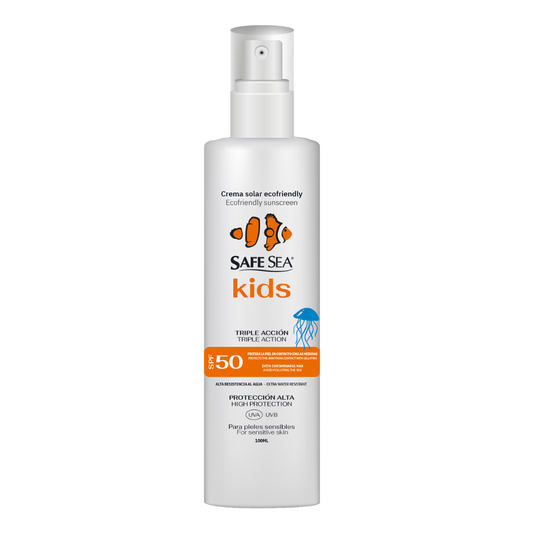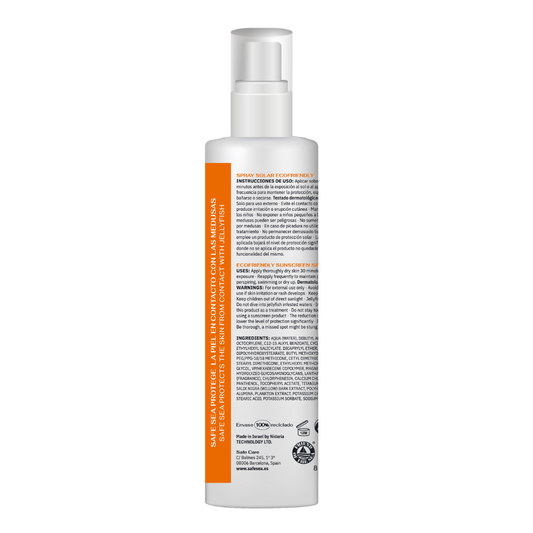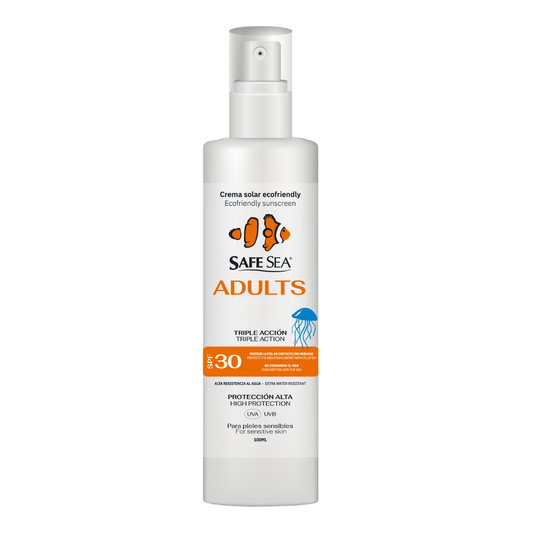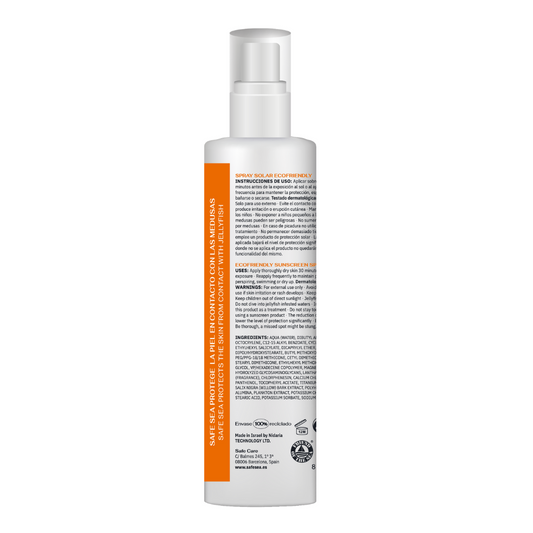How smoking affects the skin

Today we talk about how smoking affects the skin. According to the latest studies, smokers present, mainly, more marked wrinkles in the area of the upper lip and eye contour, as well as a change in facial pigmentation. Yes, smoking affects the skin: it modifies the tone and luminosity , producing an aged appearance of the skin. And beware: people who smoke tend to have more wrinkles on their faces and flaccid skin.
According to the article "The skin aging exposome" written by Dr. Jean Krutmann and colleagues, people who smoke for 10 years look 2.5 years older. Just by inhaling cigarette smoke once, 3,800 different harmful chemicals are ingested, including nicotine, carbon monoxide, tar, formaldehyde, hydrogen cyanide, ammonia, mercury, carbon monoxide and cadmium.
Did you know? Here are more details on how smoking affects the skin.
How smoking affects the skin
Smoking reduces the skin's natural elasticity.
Smoking reduces the natural elasticity of the skin. It causes collagen to break down and decreases its production. Collagen degrades naturally as we get older, which causes wrinkles to form. But smoking causes this to happen earlier.
Among the external factors that contribute to a person appearing older than his or her age are sun exposure, smoking and alcohol consumption.

Decreased vitamin A levels
Smoking causes vitamin A levels to decrease, resulting in changes in the quantity and quality of collagen and elastin. It is observed that smokers' wrinkles are narrower, deeper and with well-marked contours.
The relationship between smoking and wrinkles is clearly manifested in subjects of both sexes over 30 years of age.
Smoking also causes dehydration of the skin, which appears rough, brittle and inflexible. This is compounded by poor oxygenation of the cells, which causes the skin to acquire a pallor that is close to grayish-yellow.
Smoking affects healing
Smoking also causes alterations in healing. Tobacco smoke decreases tissue oxygenation.
Nicotine causes a decrease in peripheral circulation. For its part, carbon monoxide from smoke competes with oxygen for hemoglobin, which decreases the amount of oxygen reaching peripheral tissues. It also increases blood viscosity through an increase in platelet aggregation and red blood cell count.
...And causes alterations in the mouth
Tobacco also produces oral alterations, since nicotine directly affects the periodontal region. There is a decrease in gingival irrigation and an increase in bacterial plaque.
In addition, tar is highly irritating to the mucous membranes and gums, which increases the risk of gingivitis.
On the other hand, the heat produced in the lips by cigarette smoking or pipe smoking can eventually lead to lip cancer due to repeated microaggression. Eighty percent of lip cancer sufferers are smokers and this risk increases when sun exposure is added to smoking.
Not everything is genetics
Genetic inheritance is not everything when it comes to assessing what our skin is or will be like throughout our lives. In fact, according to the AEDV, genetics only has a 25% influence on the skin aging process.
The other three parts of responsibility are left to us. They depend on how we take care of our skin in particular and our organism in general.
The AEDV states that smoking is one of the most harmful vices for the skin. Various studies have shown that the combination of smoking and unprotected exposure to ultraviolet rays are fundamental factors in the diagnosis of premature skin aging.
Quitting smoking is noticeable on the skin in the medium and long term. We advise you to be cautious and patient. If you have decided to quit smoking, in a matter of months you will notice a healthier skin. Courage, every effort has its reward!


